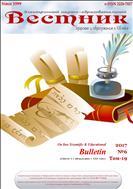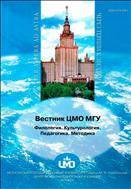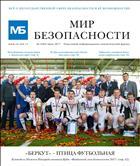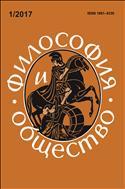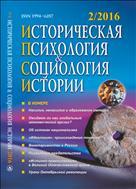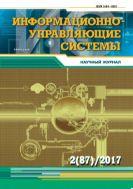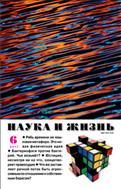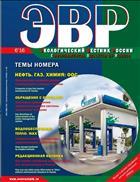Morphology and viability of pollen grains of Picea L. species in the conditions of introductionMorphology and viability of pollen grains of Picea L. species in the conditions of introduction 
Research was carried out in the Botanical garden of Petrozavodsk state University, located on the Northern shore of the Petrozavodsk Bay of lake Onega (middle taiga subzone, 61°47’ n). during two vegetation periods. The objects of study served as an indigenous species Picea abies (L.) Karst, and two introduced species – Picea pungens Engelm. f. glauca Regel. Picea canadensis (Mill.) Britton et al. Age and height of Picea abies – respectively 47 years and 16 m, Picea pungens – 36 years and 12 m, Picea canadensis – 22 years and 6 m. Morphological characteristics of pollen grains were estimated by the following morphometric characteristics: diameter, length of pollen grain, polar axis, height of pollen grain with air bags, area of pollen grain projection, perimeter, form factor and eccentricity. The study of statistical characteristics of samples allowed us to establish that the accuracy rate in determining the arithmetic mean values of the morphometric parameters under study is quite high and varies by species from 0.7 to 3.5%.The pollen grains of the studied species were found to be bag-shaped or wide-ellipsoid. Their outline from the pole is elliptical, from the equator it is wide-trapezoid. The colour of the grains is yellow, the surface of the body is lumpy, and the bags are rough. The pollen grains of the aboriginal Picea abies species are 3–20 % larger than those of the introduced species. The size of the Picea pungens pollen exceeds that of Picea canadensis by 4–48 %. There is a fairly strong linear relationship between individual morphometric parameters of a pollen grain (r = 0.5–0.8). The viability of the pollen of the aboriginal Picea abies species in South Karelia is about twice as high as that of the introduced species of Picea canadensis and Picea pungens. |
|
18.08.2025Все новости Стартовала подписная кампания на 2026 годОткрыта подписка на 2026-й год на сайте Пресса по подписке |
ПОДПИСКА НА ЖУРНАЛЫ И ГАЗЕТЫ ON-LINE1
Мы используем cookie. Это позволяет нам анализировать взаимодействие посетителей с сайтом и делать его лучше. Продолжая пользоваться сайтом, вы соглашаетесь с использованием файлов cookie.
Подробнее можно ознакомиться на странице политики конфиденциальности и политики обработки персональных данных.
© 2005-2023 Агентство «Книга-Сервис»
107996 Москва
Протопоповский пер. 19, стр.12
E-mail: public@akc.ru









